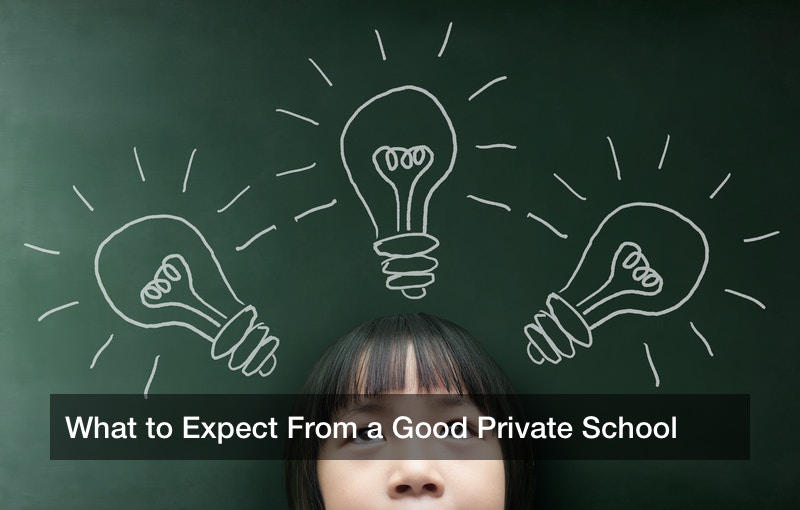
All parents are greatly invested in the education of their children, since a good schooling is the key to any child’s future success. So, when a family moves to a new city or county, or when the child becomes old enough for school, the parents may look up the best private schools or top public schools around and enroll their child in one of them. The advantages of attending private schools are many, though the best rated public schools around can also adequately prepare graduates for college or entering the workforce. The best day schools can be found online, and parents may look up something such as “best private schools around” or “best day schools near me” and specify the city’s name or a local ZIP code. Meanwhile, what about technology integration in schools? This is a fairly new phenomenon, and technology integration in schools is reaching new heights. Well funded schools can take advantage of this trend.
Finding the Best Preschools
Attending preschool is not mandatory, but many American parents are sending their three- to five-year-old children to preschool to give them a head start on their education. More and more parents have been doing this since 1990, and preschool is a great way for a young student to get used to an academic atmosphere and learn how to learn. When a child turns three or four years old, or when the family moves to a new area, the parents may look online for the best preschools in the area. The search should be fairly specific to narrow down the choices, and the parents may want to find a public or a private preschool in particular. The search query should also specify the city or town’s name, and the local ZIP code.
The family may tour the most promising preschools in the area and visit them in person, to get a fair impression of each one. While visiting, the parents may look into the school’s level of funding and see what sort of educational programs the school offers. That, and the parents may review each teacher’s credentials, such as their work experience, educational background, and more. The parents should also check that their child feels comfortable in a particular school. The family may visit a number of preschool this way until they find one that suits their needs, and the parents will enroll their child there as a student.
Finding Middle and High Schools
Preschool is optional, but elementary, middle, and high school are certainly mandatory, and when the family moves to a new area, the parents will look up the best local school of the necessary type. The parents may search for local elementary, middle, and high schools and consider both private and public options that they find. As with a preschool search, the family will visit these schools in person to get an accurate impression of each one, and the parents can consult the staff working there and review their credentials. The parents may also look into the school’s level of funding, and consider the level of technology integration in schools.
What role does tech play in all this? If used correctly, then computers and even handheld tablets can do a lot of good for students, including younger ones. Interactive, colorful programs may help teach young students about math, science, English, and more, and even some preschools do this. Meanwhile, technology integration in schools may also mean a well-funded computer lab, where students may use the Internet (responsibly) to conduct research for projects for class. The teacher may have a digital projector in their room and plug it into their laptop or PC. This way, the teacher may use slideshow programs, online videos and photos, and more as visual teaching aids. Parents looking for good schools may consider technology integration in schools carefully, and they might prefer a school that has more tech options.
Private schools charge tuition, but a private education will be a very high quality one at the hands of expert teachers. Parents who can afford the tuition at private schools may enroll their children there, and private school teachers report very low student apathy rates. May private high school grads go on to college, too, just over 90% of them.
